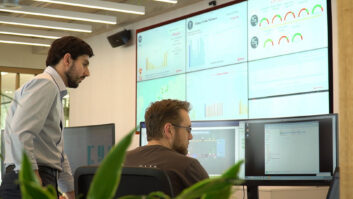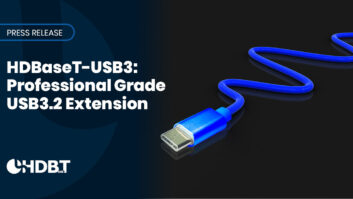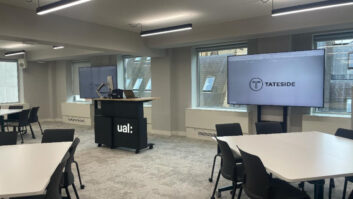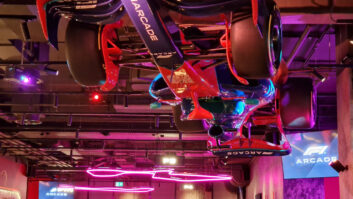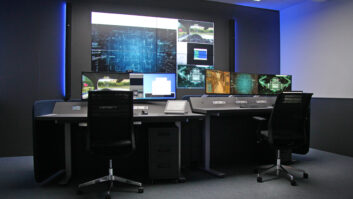
Since HDBaseT is a standard and the majority of receivers and transmitters rely on the same chipset, you’d expect all implementations to be more or less the same. Not so. We have personal experience of installations whose stability has been transformed simply by swapping out the transmitters and receivers with higher-quality products from a different vendor. No change was made to the cabling, and the chipsets in all endpoints are basically the same, but the performance was very different.
It is well worth taking time out to evaluate different HDBaseT transceiver hardware options thoroughly before an installation, particularly in noisy environments or where the cable runs are at or close to the maximum specified range.
HDBaseT makes use of standard Cat5e/6 cable network infrastructure but it does not, of course, make use of Ethernet protocol, including the error-correction mechanisms. This makes it very vulnerable to poor installation standards and interference.
If cables are laid too close to power lines, fluorescent lights or other sources of interference, the transmission range may well be adversely affected. Installations that work perfectly in an unoccupied building can become unstable when staff move in and start using their mobile phones.
So what should installers look for in an HDBaseT transmitter or receiver? The first clues are in the specification. What is the range of the device? For all HDBaseT devices, the range given in the datasheet should be regarded as the maximum that can be achieved rather than an absolute that will always be delivered. So much depends on environmental factors: the amount of electrical noise in the environment (including the number of other links nearby), the quality of the cable, how well it has been laid and terminated and so on.
So called ‘long-reach’ devices are likely to perform better and more reliably than standard implementations in most real-world environments. Although all are built around the same Valens chipset, the firmware that runs on the chips is developed individually by each vendor. To achieve a longer range, a vendor will have tweaked that firmware to reduce the heat emitted in the design, which will reduce the level of EMI emissions as well as the susceptibility to outside EMI.
The result is that if you’re installing even a short (100ft, say) link in a ‘noisy’ environment like a lift shaft, the ‘long-range’ product may deliver a reliable connection where a standard product will struggle.
Another point to consider is the way the endpoints are powered. Although 5-play allows the receiver to be powered via the cable, devices will run cooler and last longer if they are powered directly.
Stability test
Having examined the datasheet and drawn up a shortlist of potential receivers and transmitters, a worthwhile next step for the installer is to conduct a stability test. A well-designed transmitter or receiver will have watchdog circuitry to check the connection on boot-up and periodically thereafter and automatically reboot the link if necessary. Cool running devices are also likely to be more stable.
A good test is to run 300ft links with each transmitter-receiver pair under evaluation alongside each other in the lab, and monitor the stability and performance of each link. You could introduce a source of electrical noise alongside, such as a fluorescent light fitting. You will be surprised at the differences that emerge.
HDBaseT is, on paper, a very cost-effective way of transmitting uncompressed video, but the savings made on the cost of hardware can quickly evaporate if additional time is required on site to troubleshoot the installation.
In many environments, it is still well worth considering established alternative technologies. Although the endpoints will be more costly, it is often possible to compensate for this as they will run reliably over lower specification cable. Installation is likely to be quicker, easier and more trouble free too, leading to a happier end customer and the timely release of the installation team to start the next project.
Although the signal source and the display are much the most visible part of any installation, the communications link is mission-critical. The ‘cheapest’ solution on paper can prove expensive in the long run, and it is well worth taking time out to evaluate the options properly beforehand.
